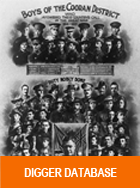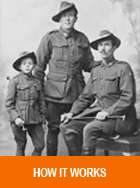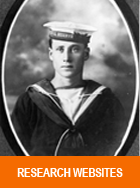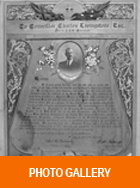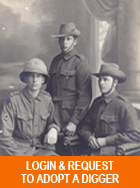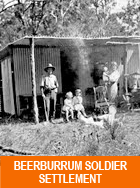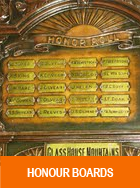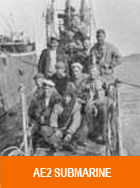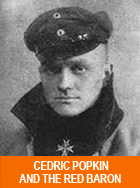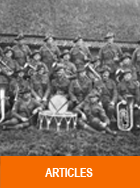The Ode of Remembrance
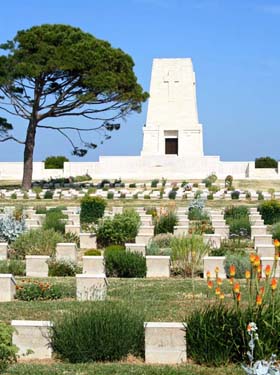 The Ode is an extract taken from the elegy "For the Fallen", by English poet and writer Laurence Binyon (1869-1943). It is in fact, the fourth stanza of the iconic poem.
The Ode is an extract taken from the elegy "For the Fallen", by English poet and writer Laurence Binyon (1869-1943). It is in fact, the fourth stanza of the iconic poem.
During World War 1, Binyon wrote the poem while working as an assistant keeper of prints and drawings at the
The Ode was selected in 1919 to accompany the unveiling of the London Cenotaph and, like so many memorial traditions, was shared across the Commonwealth for similar events. The Ode's connection with Anzac Day first originated with the Queensland Anzac Day Commemoration Committee, which printed the poem on the cover of a collection of sermons and addresses for services. This book was first published in 1921 and was the start of a tradition of associating The Ode with commemoration services in
For the Fallen
With proud thanksgiving, a mother for her children,
Flesh of her flesh they were, spirit of her spirit,
Fallen in the cause of the free
Solemn in drums thrill: Death august and royal
Signs sorrow up into immortal spheres.
There is music in the midst of desolation
And a glory that shines upon our tears.
They went with songs to the battle, they were young,
Straight of limb, true of eye, steady and aglow
They were staunch to the end against odds uncounted,
They fell with their faces to the foe.
They shall grow not old, as we that are left grow old;
Age shall not weary them, nor the years condemn
At the going down of the sun and in the morning
We will remember them.
They mingle not with their laughing comrades again:
They sit no more at familiar tables at home;
They have no lot in our labor of the daytime;
They sleep beyond
But where our desires are and our hopes profound,
felt as a wellspring that is hidden from sight,
To the innermost heart of their own land they are known
As the stars that are known to the Night.
As the stars that shall be bright when we are dust,
Moving in marches upon the heavenly plain,
As the stars that are starry in the time of our darkness,
to the end, to the end, they remain.
- Binyon, (1869-1943)
Lest we forget.
Extract: "

